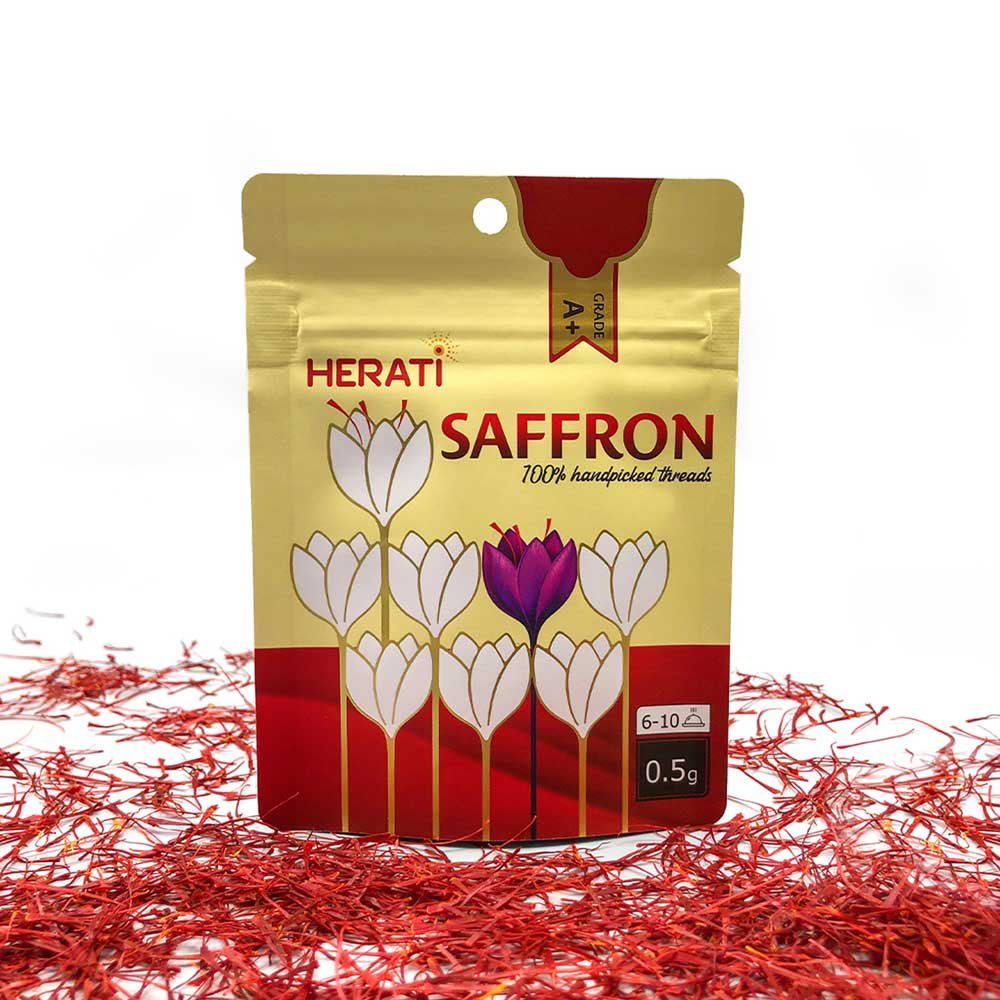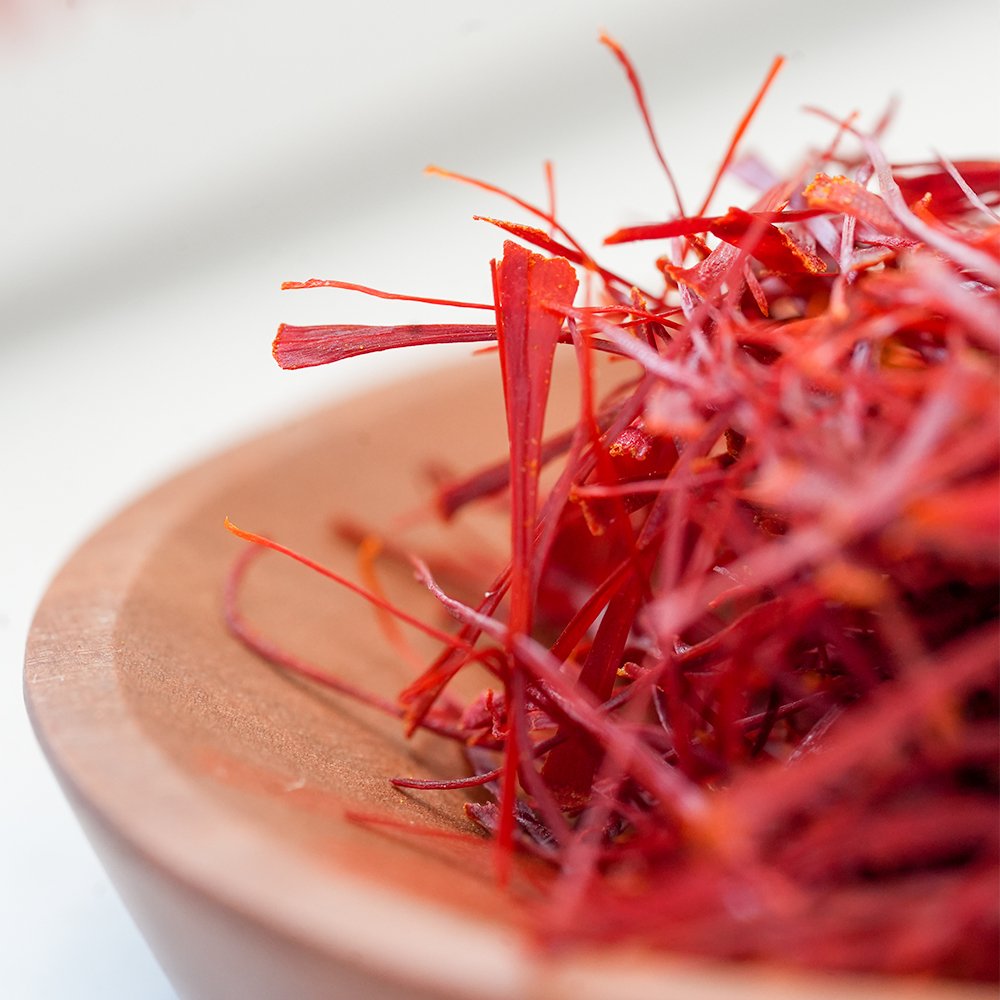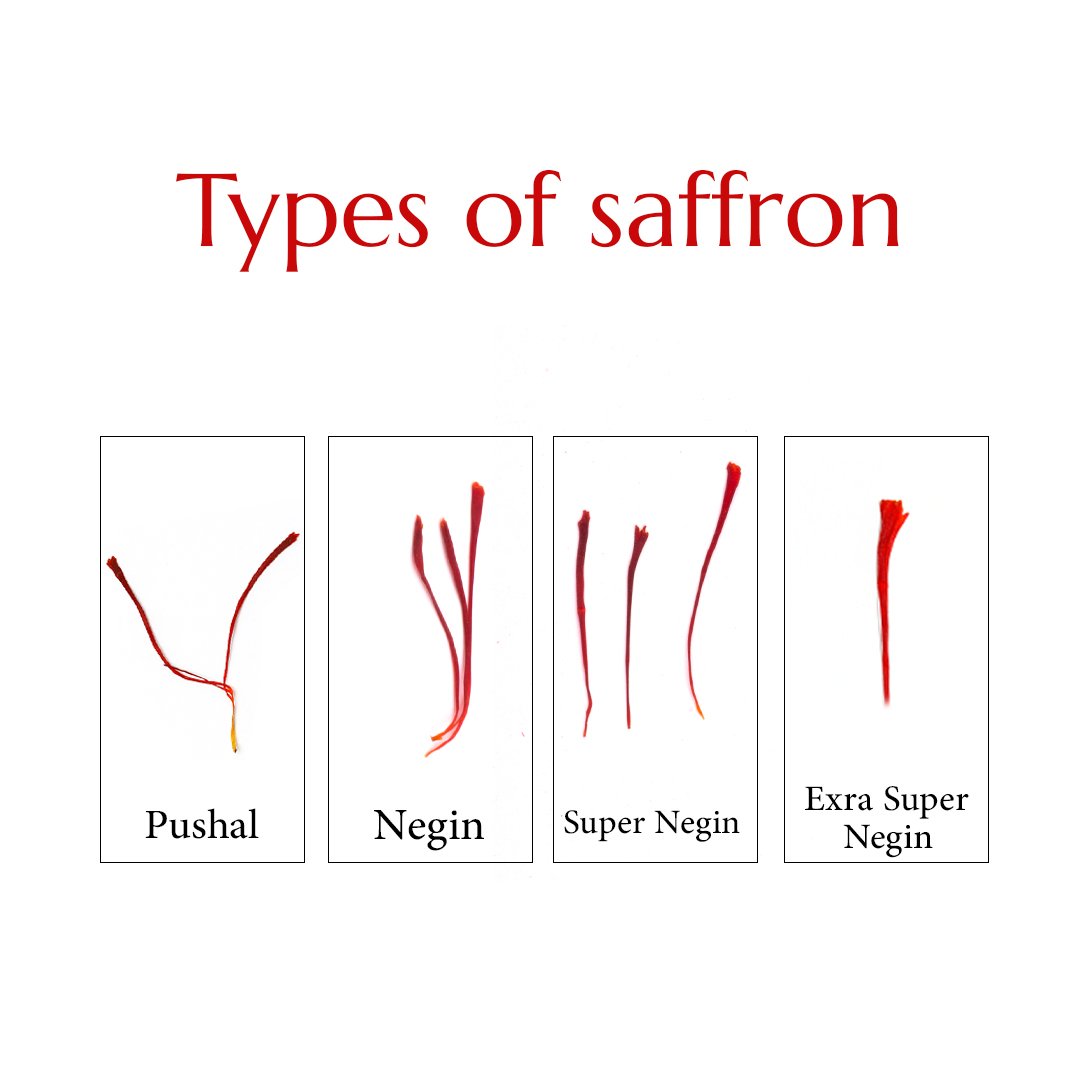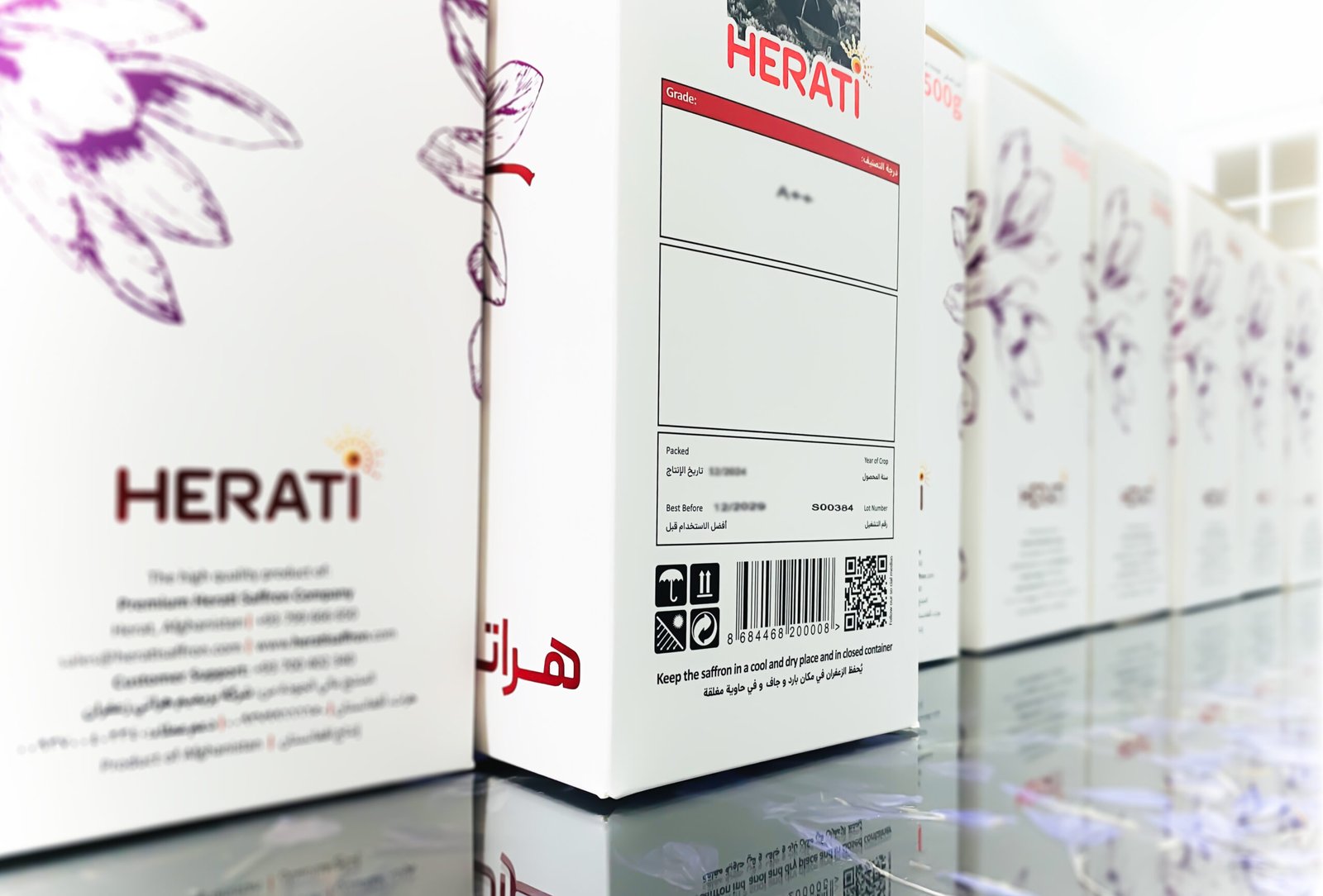Saffron, known as “red gold,” is a special spice famous for its rich aroma, bright color, and unique flavor. But finding the best saffron can be tricky. Here’s an easy guide to help you choose top-quality saffron.
Types of Saffron
Saffron comes in different grades, and the quality depends on which part of the saffron thread is included:
- Grade A (Extra Super Negin, Super Negin) The best quality, made up of pure red stigmas, which are the most flavorful and aromatic.
- Pushal: Contains some yellow parts along with the red, offering decent quality but less intensity.
- Bunch: Includes both red and yellow parts, with less flavor and aroma.

Appearance Matters
You can tell a lot about saffron by how it looks:
- Color: Look for deep red threads. Avoid saffron that has faded or contains yellow or white parts.
- Shape: The threads should be long, uniform, and trumpet-shaped at one end.
- Dryness: High-quality saffron is dry but not crumbly.
Smell the Aroma
Good saffron has a strong, sweet, and slightly earthy smell. If it has no scent or smells artificial, it’s likely low quality.

Taste Check
Saffron should taste slightly bitter and earthy. If it tastes sweet, it may be mixed with additives like sugar.
Packaging is Key
- Airtight Packaging: Saffron should be stored in sealed containers to keep its aroma and color fresh.
- Origin: Saffron from regions like Herat (Afghanistan), Khorasan (Iran), or La Mancha (Spain) is often the best quality.

Simple Tests for Quality
- Water Test: Drop a few threads in warm water. Real saffron will slowly release a golden-yellow color while keeping its red shape. If it instantly releases color, it might be fake or dyed.
- Rub Test: Rub the threads between your fingers. Genuine saffron may leave a yellow stain but won’t crumble easily.
Look for Certifications
- ISO Certification: This ensures the saffron’s quality based on its flavor, aroma, and color.
- Organic Labels: These show that no synthetic chemicals were used in growing the saffron.
Avoid Fake Saffron
Be careful of:
- Powdered Saffron: It’s easier to mix with other ingredients and might not be pure.
- Cheap Prices: If it’s too cheap, it’s likely not real saffron.
Choosing high-quality saffron doesn’t have to be hard. Focus on its color, aroma, and packaging, and look for trusted sources. With these tips, you’ll be able to pick saffron that adds amazing flavor, color, and aroma to your dishes.




